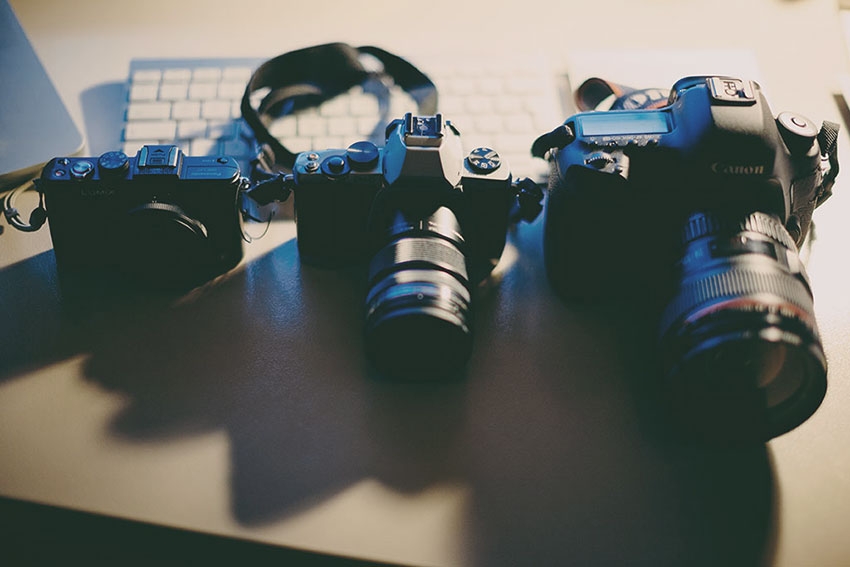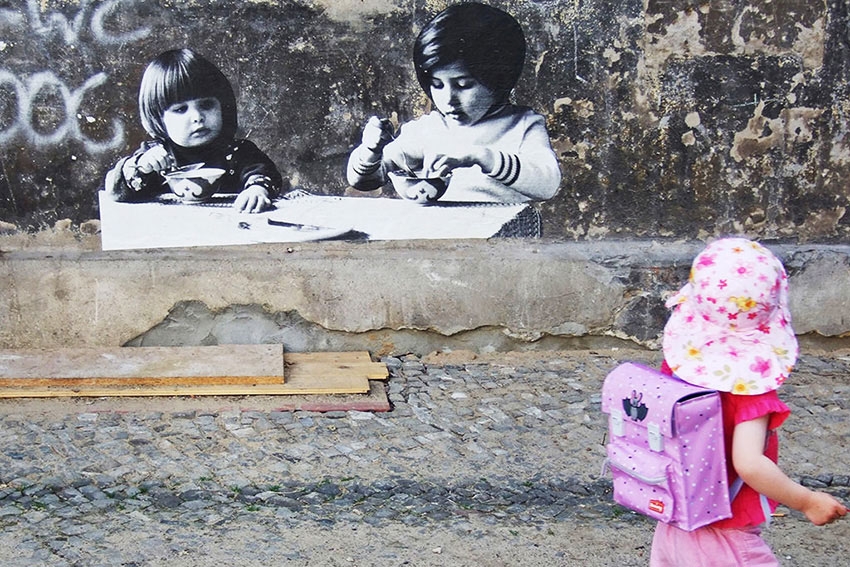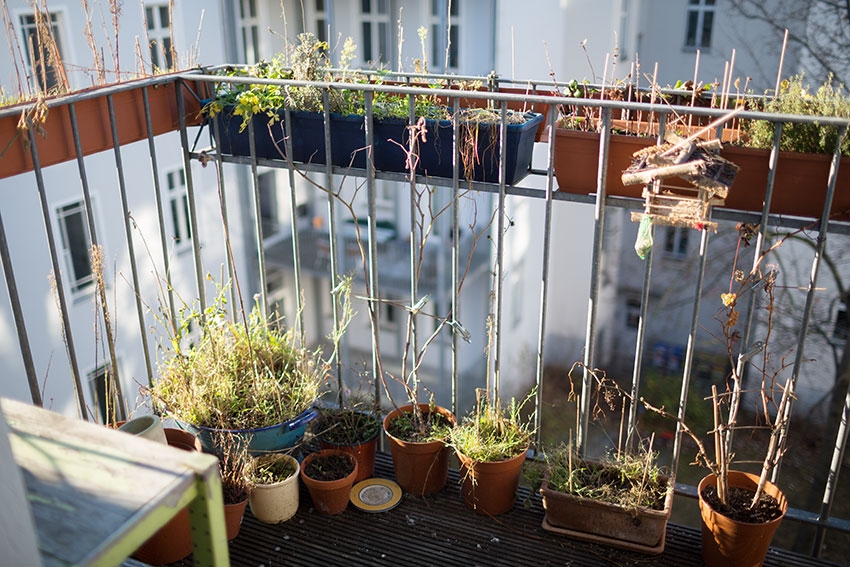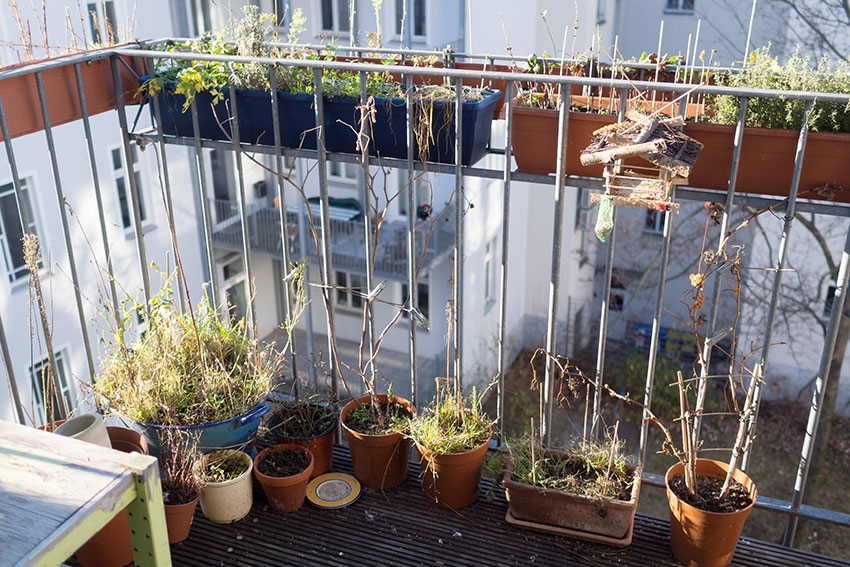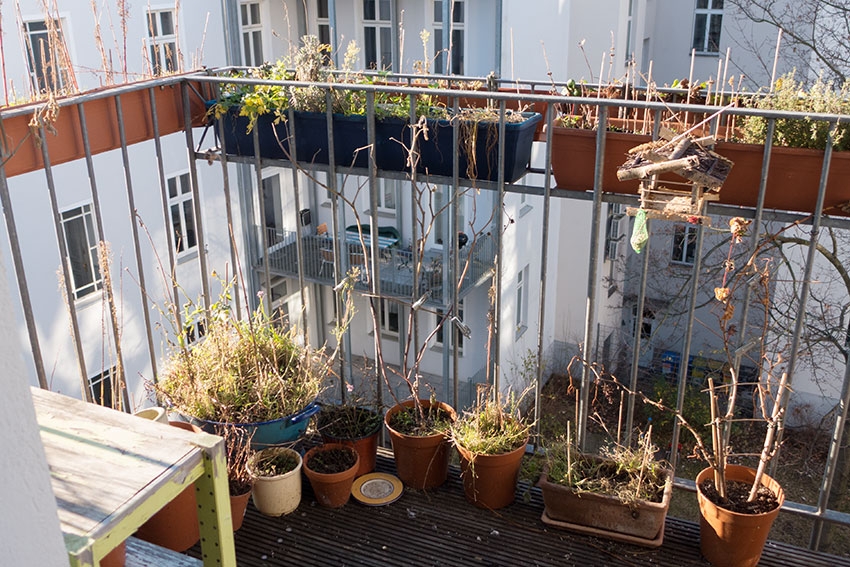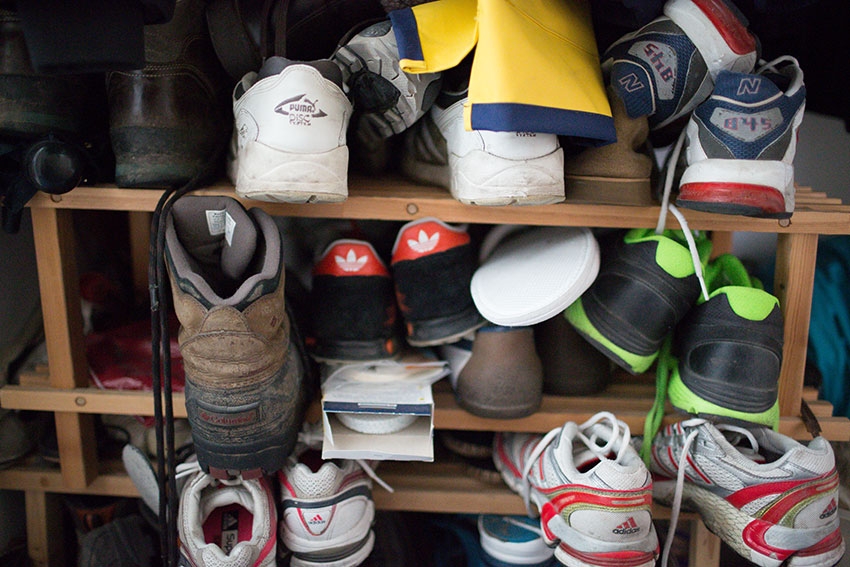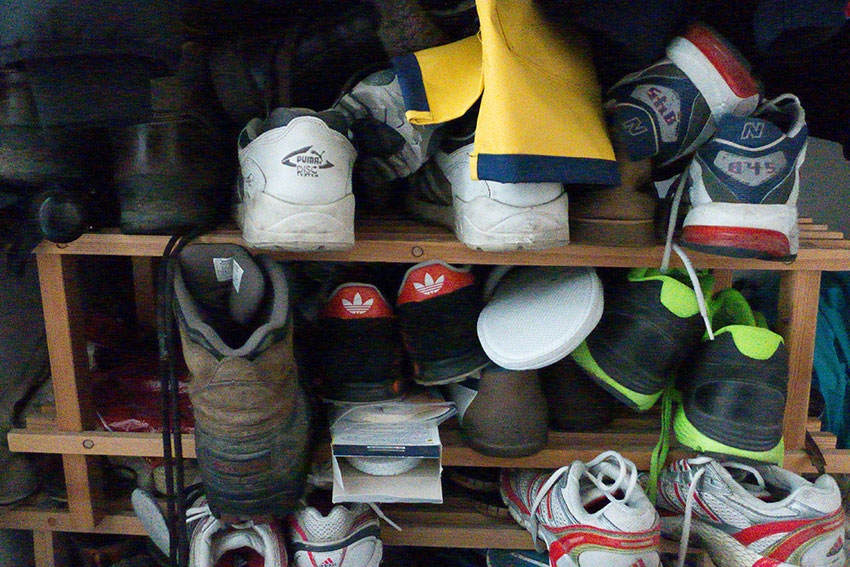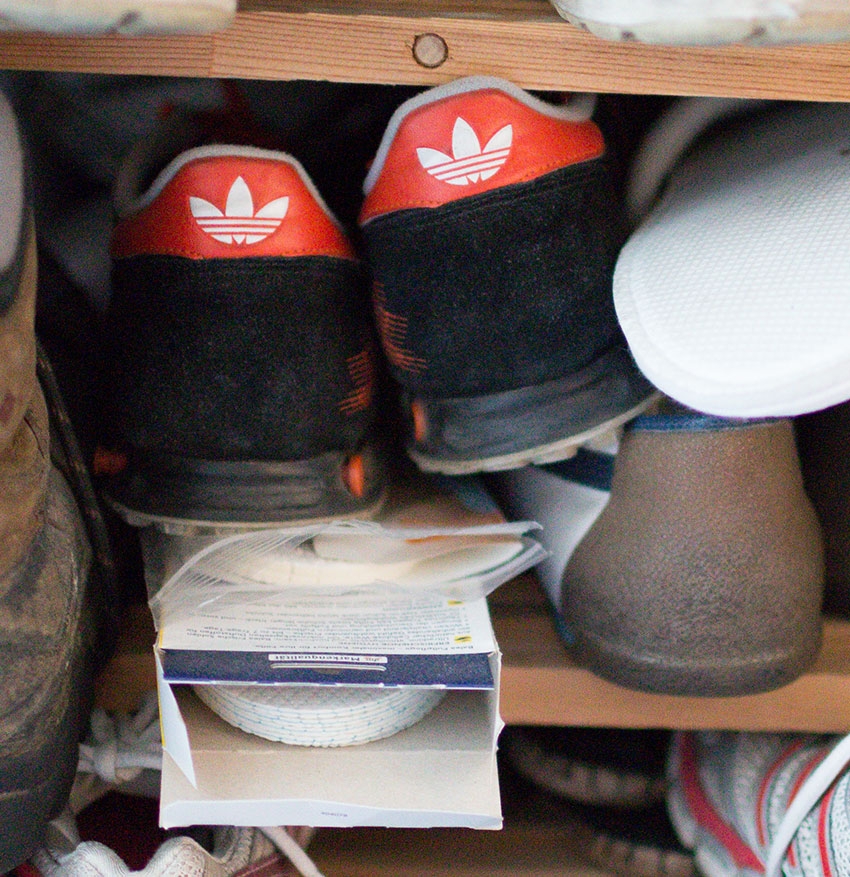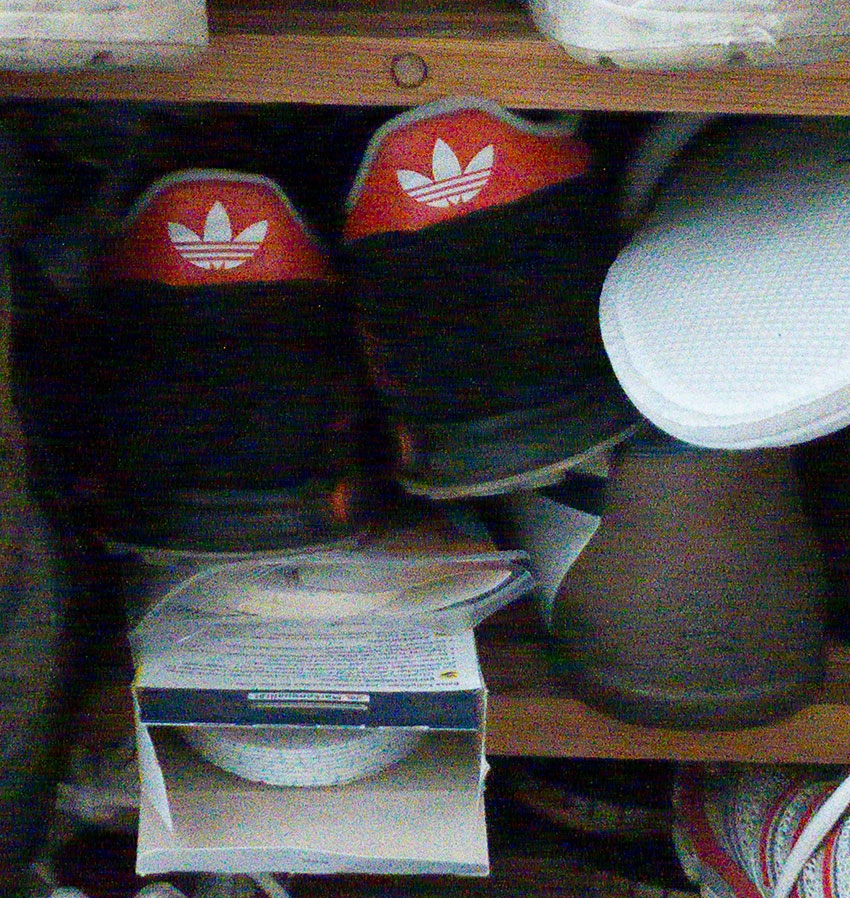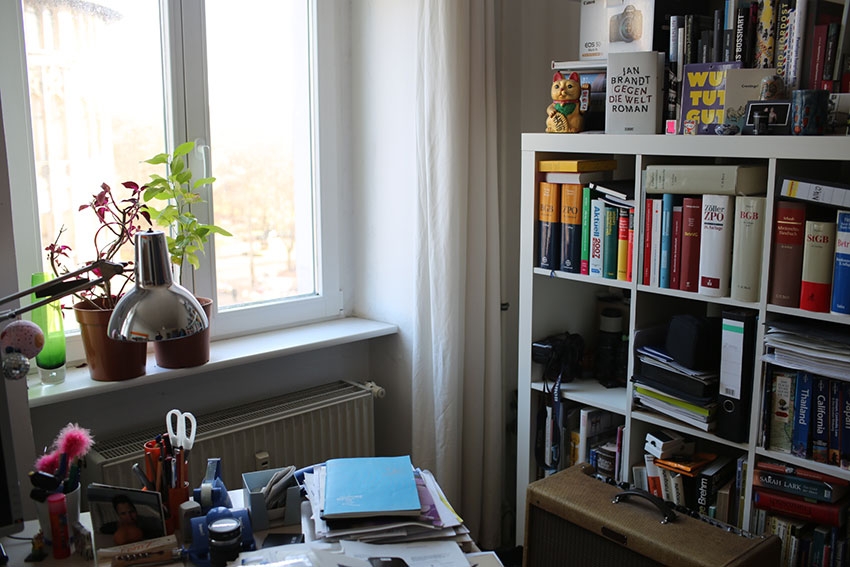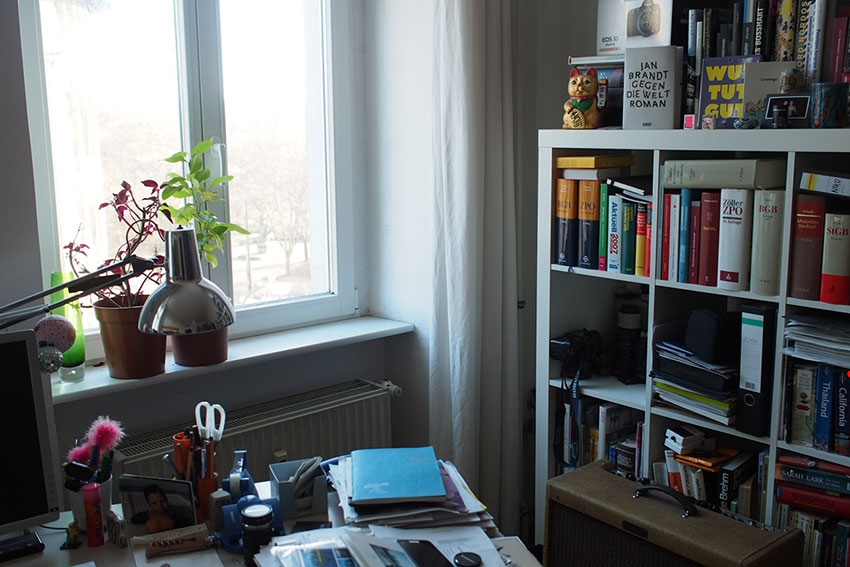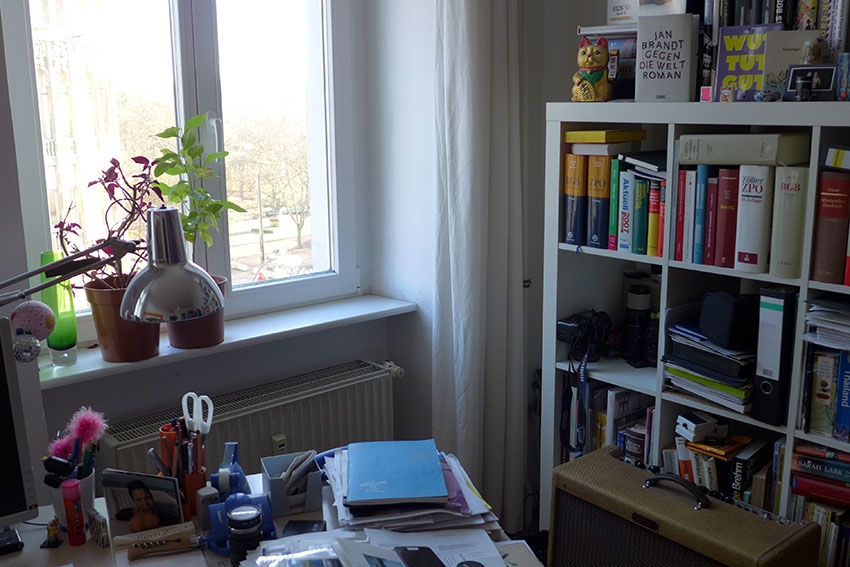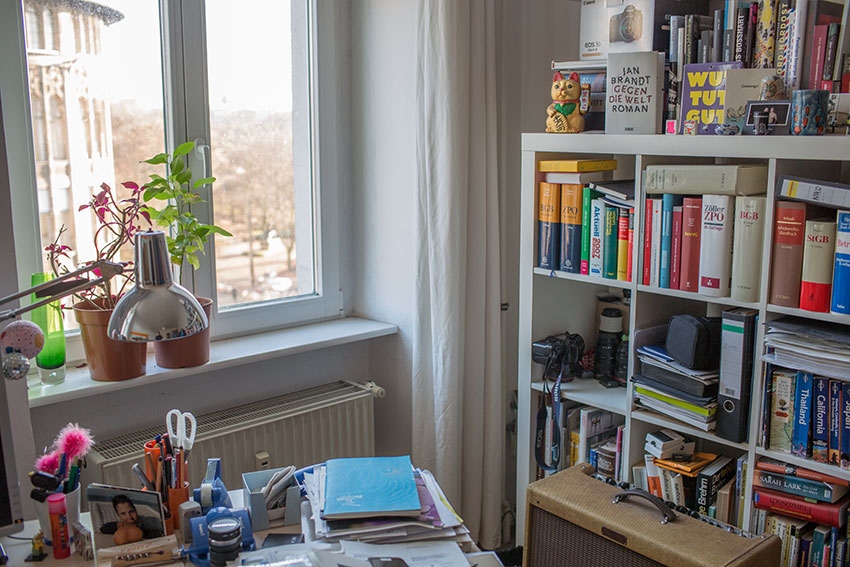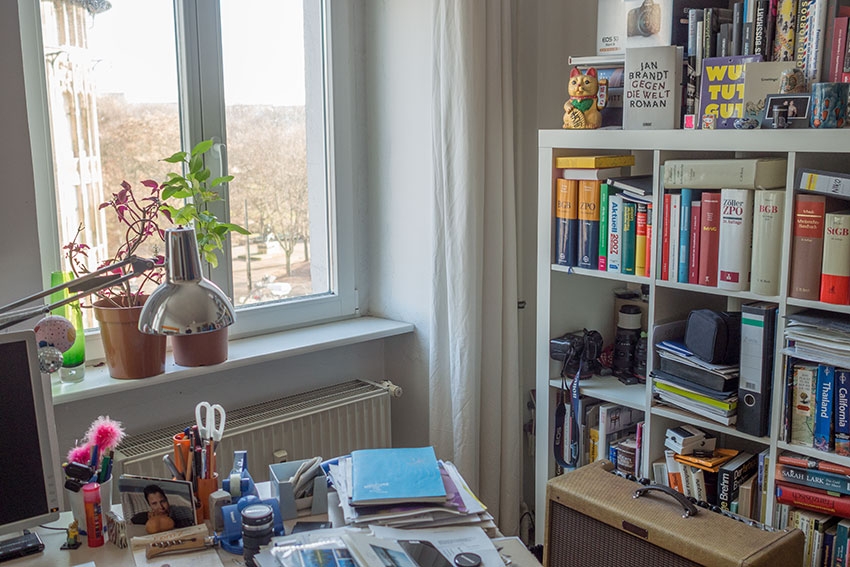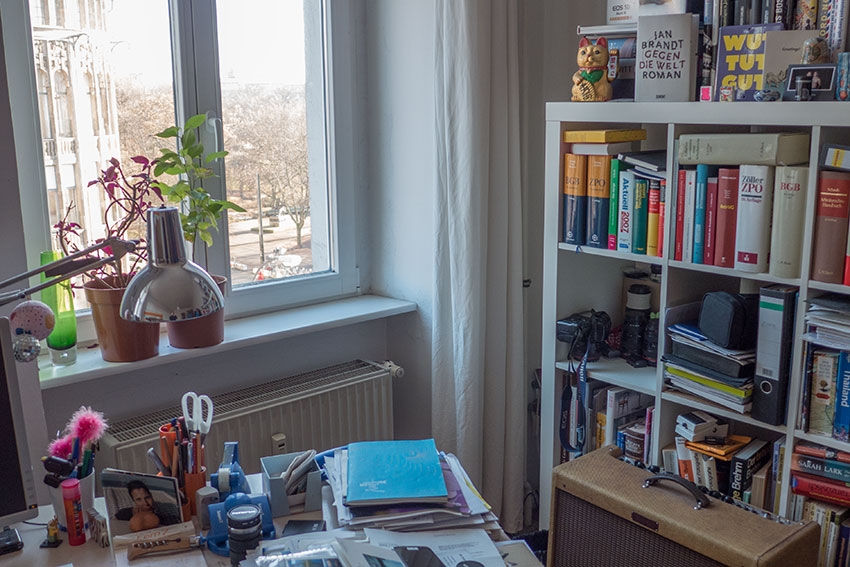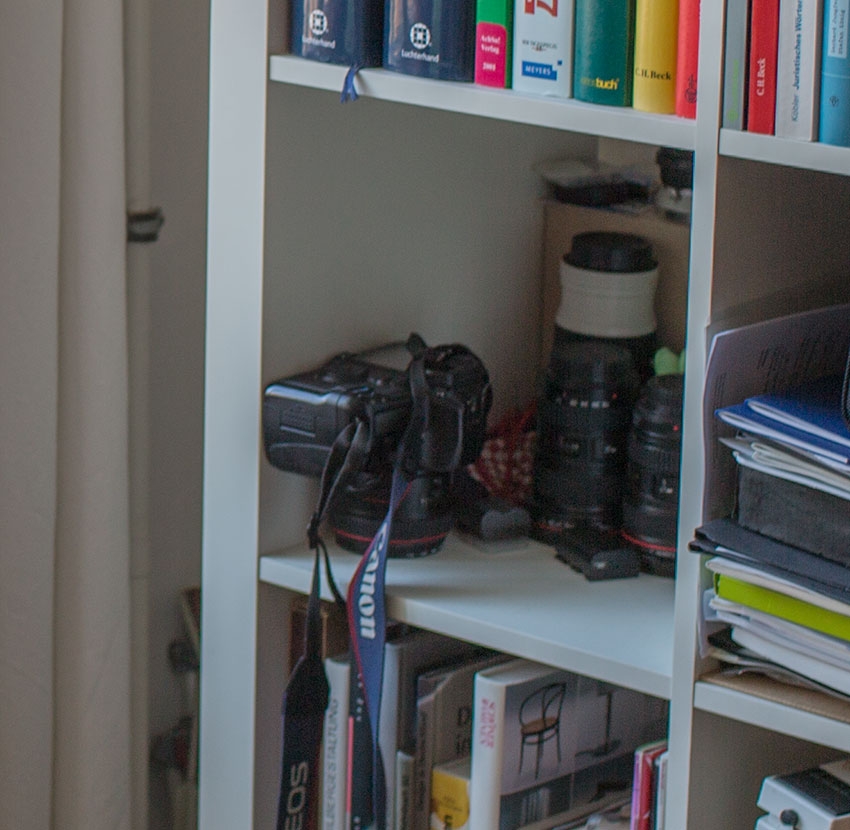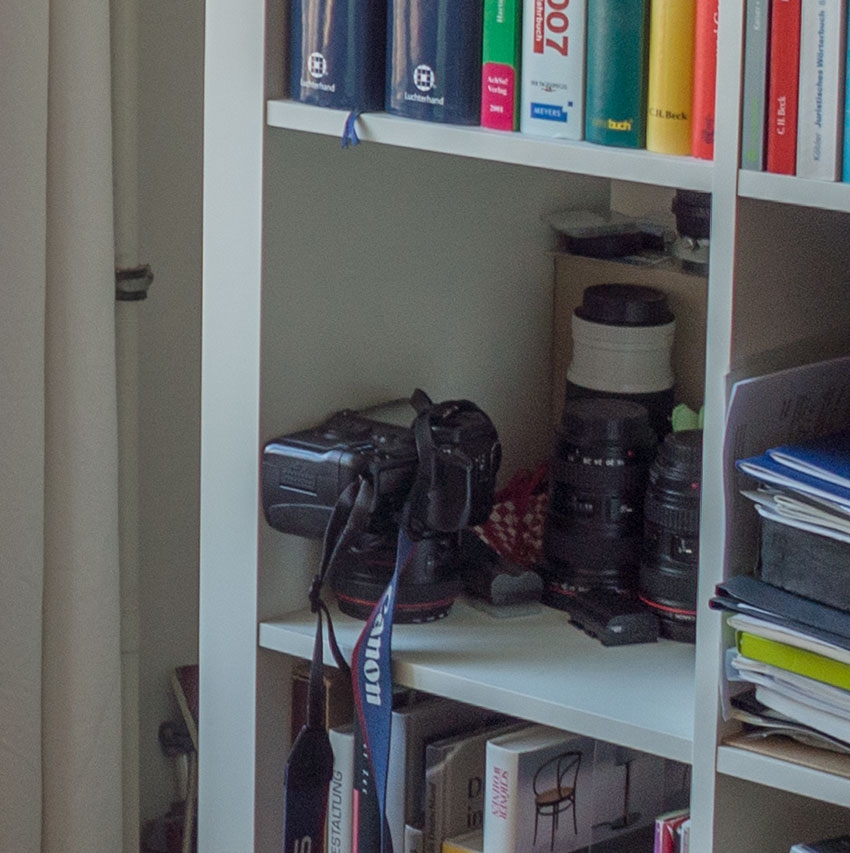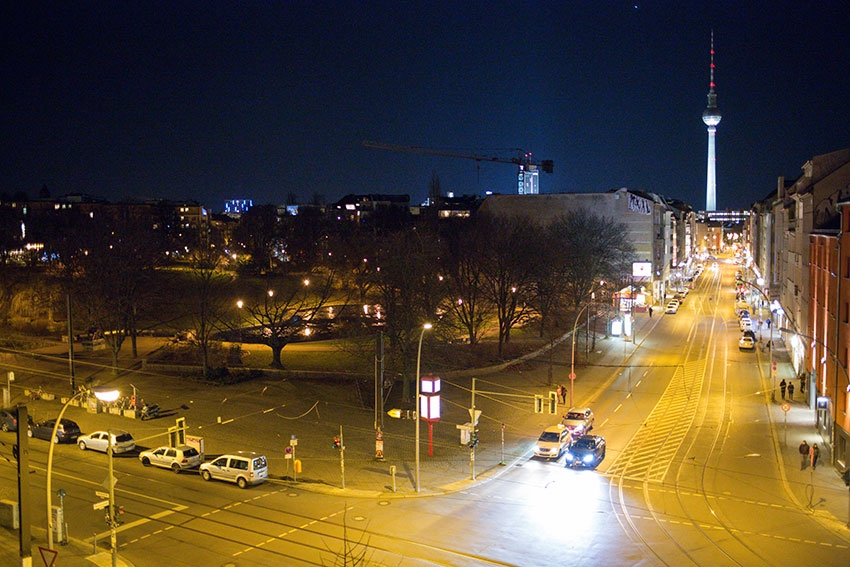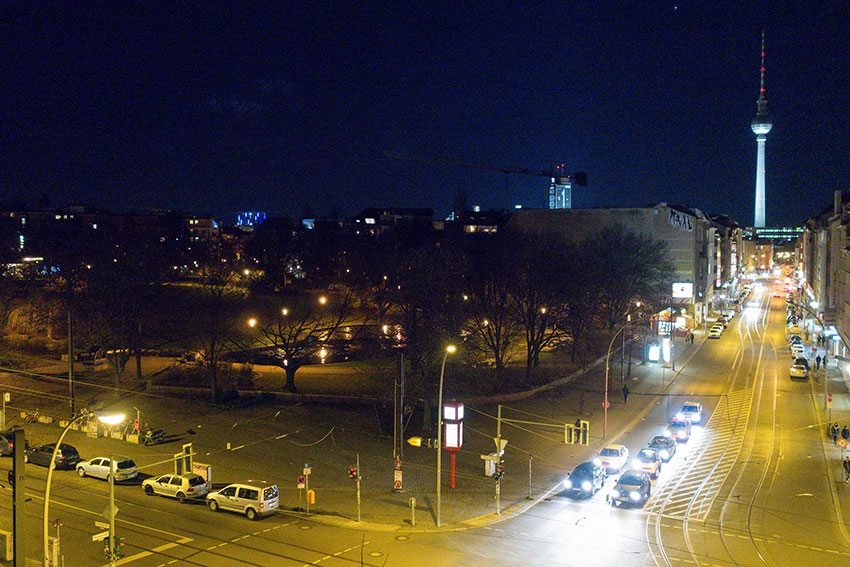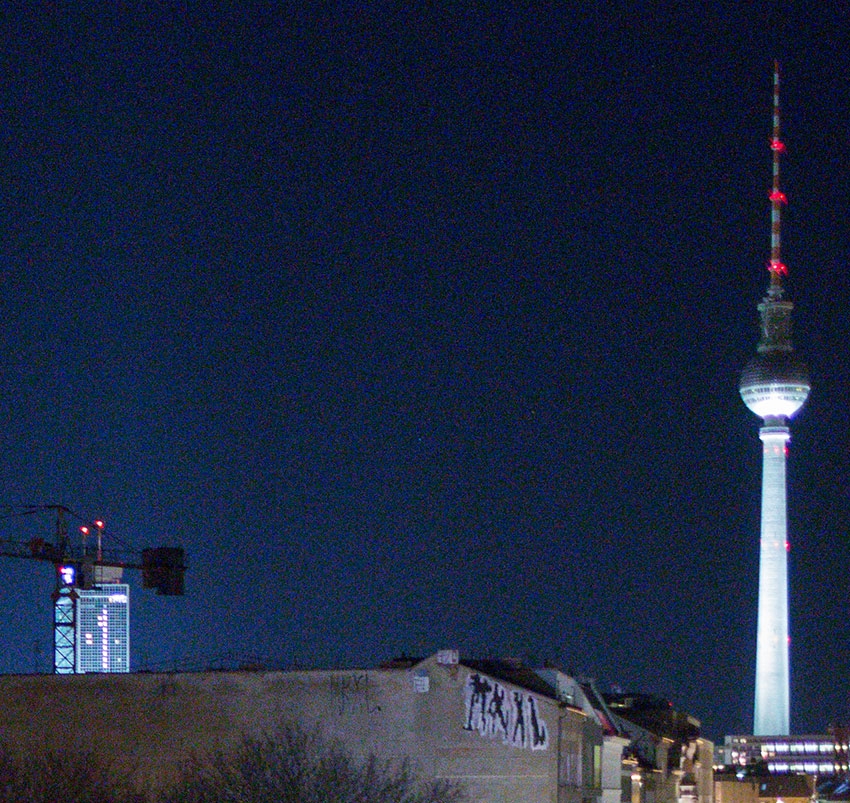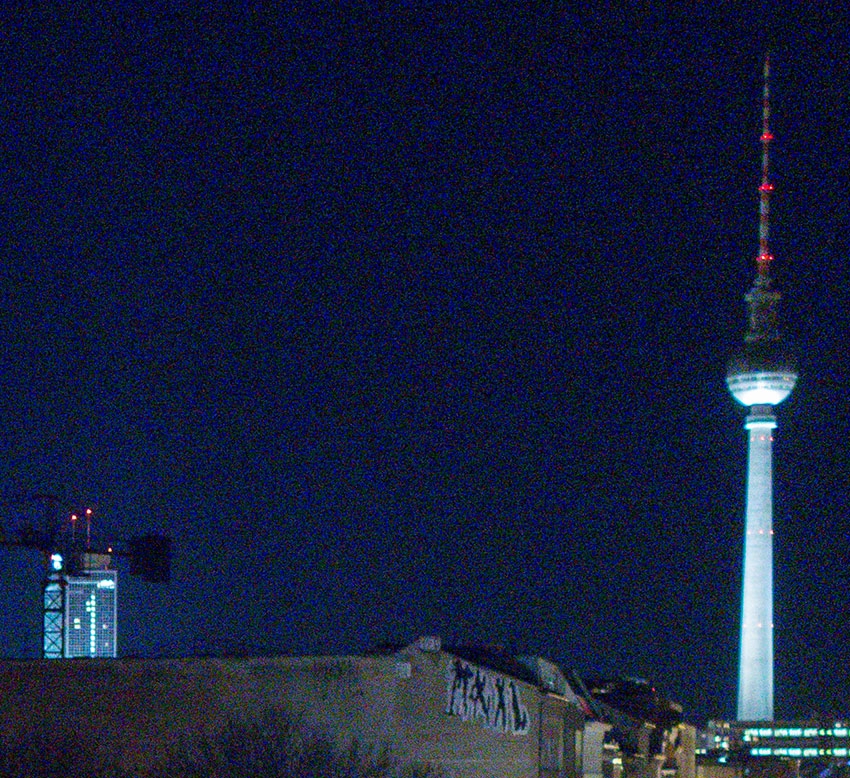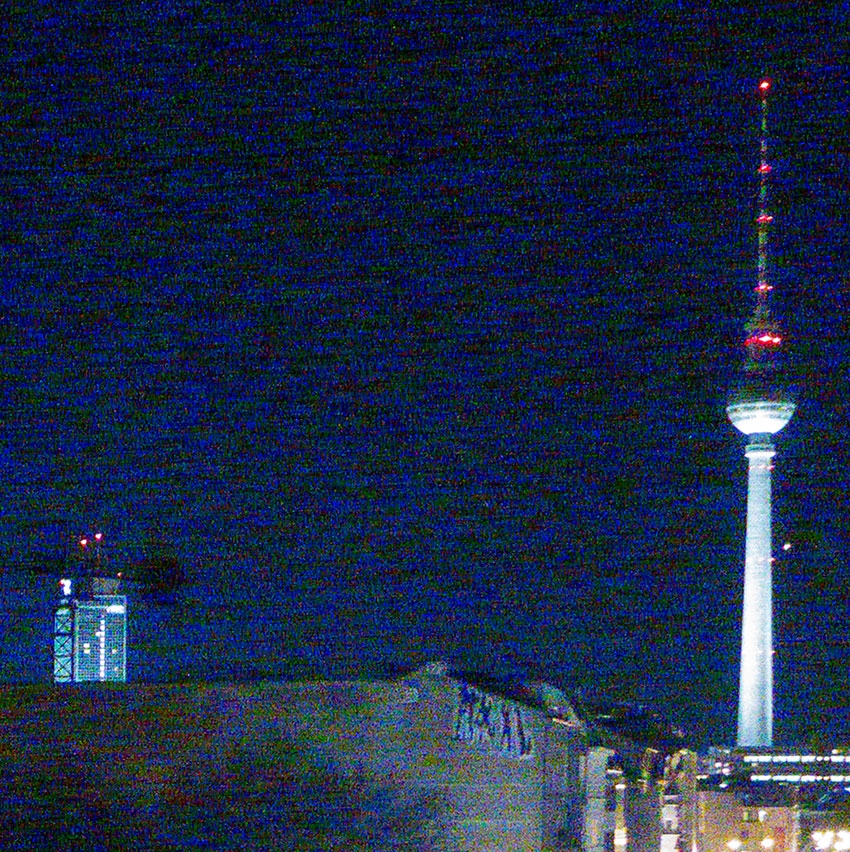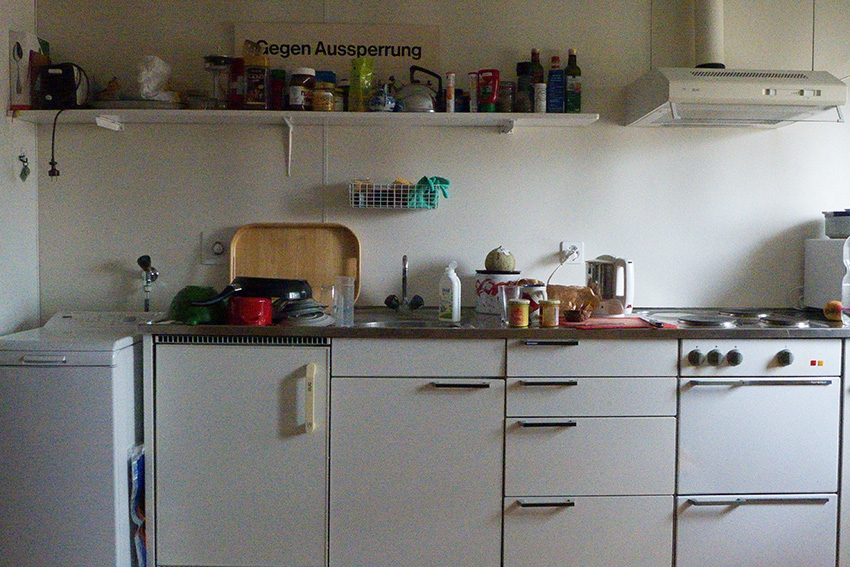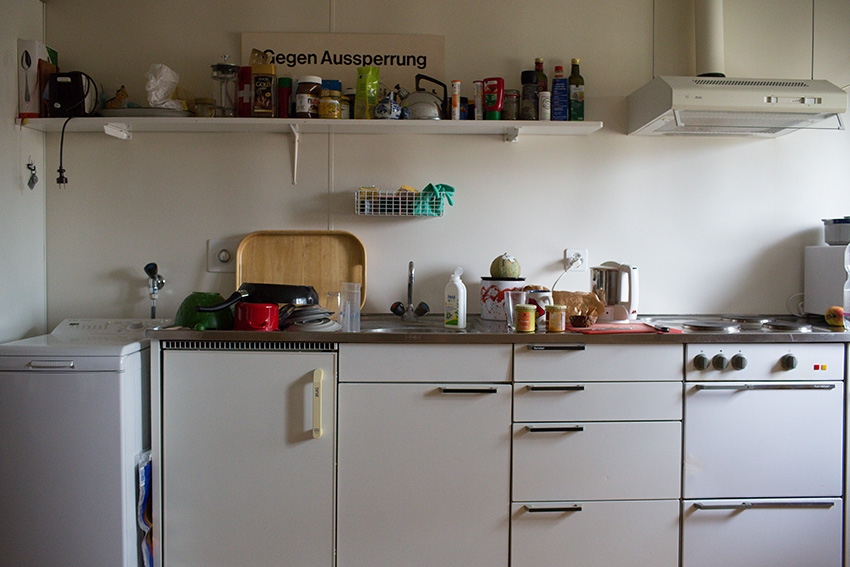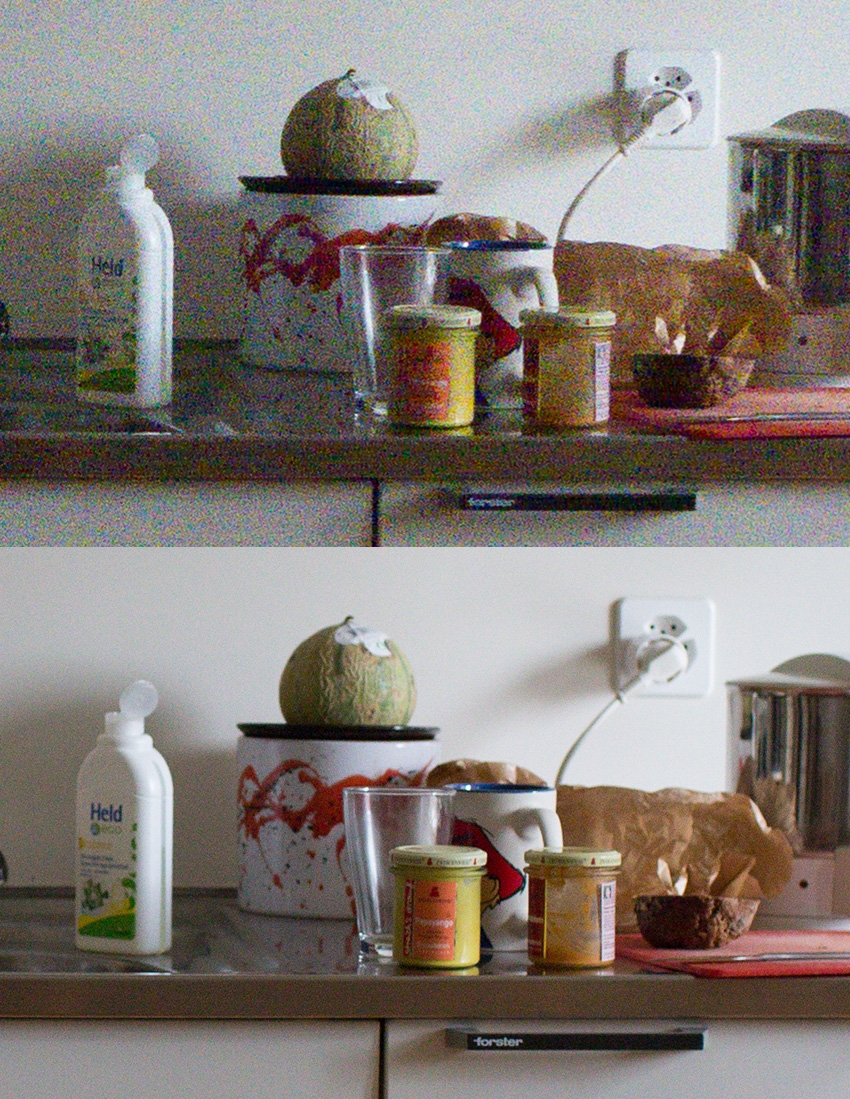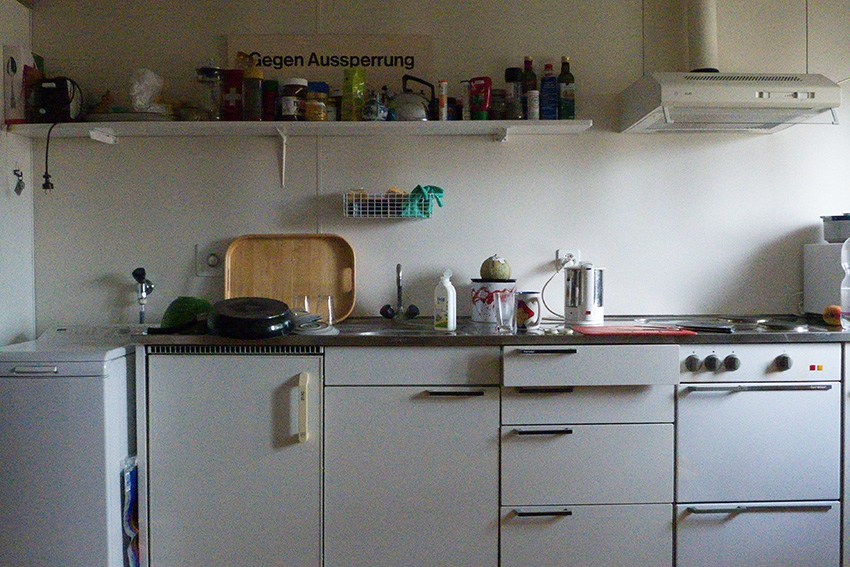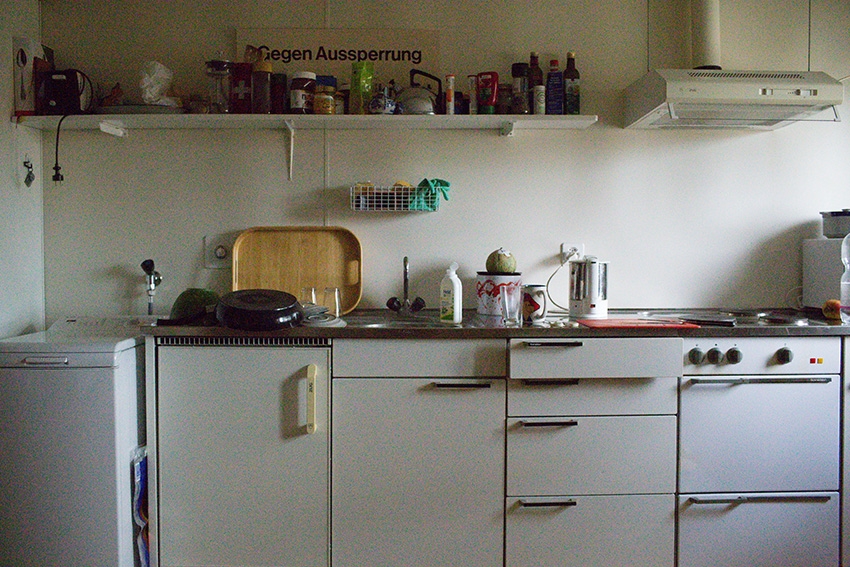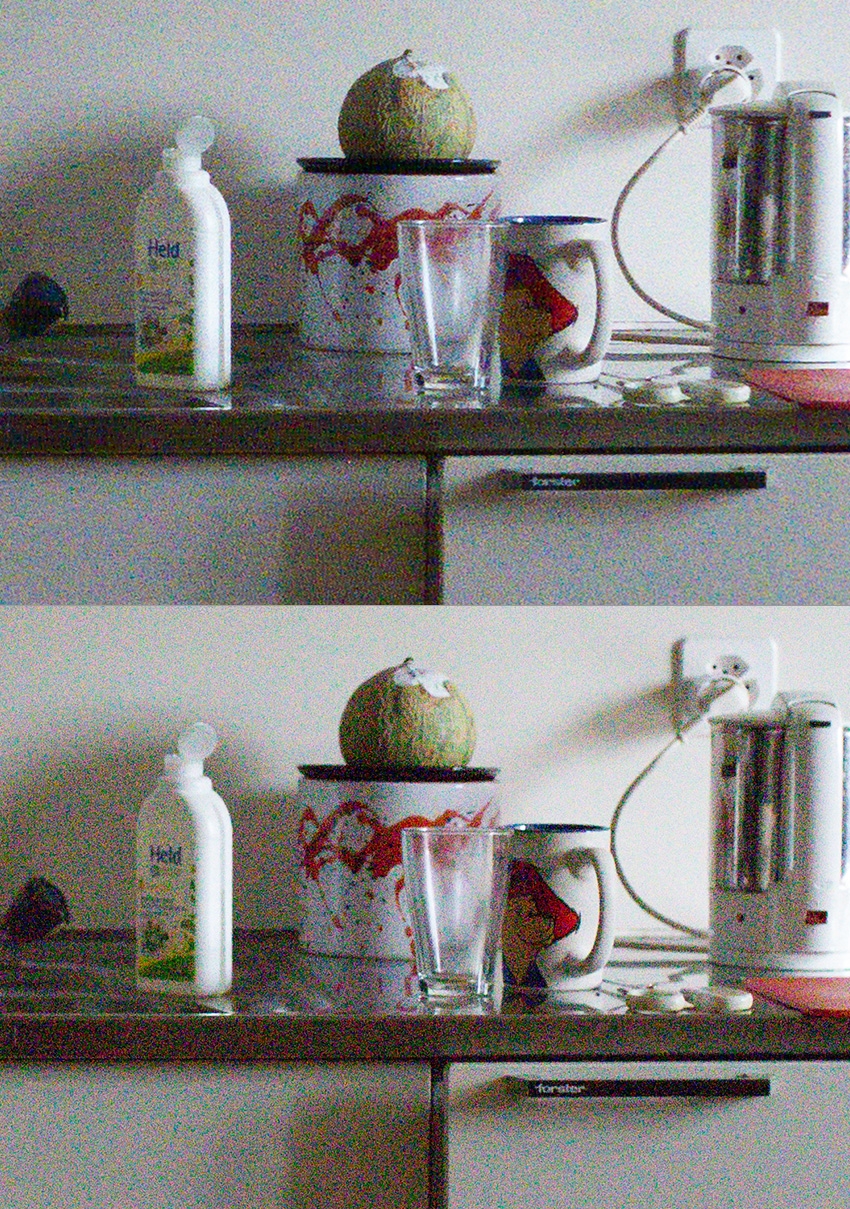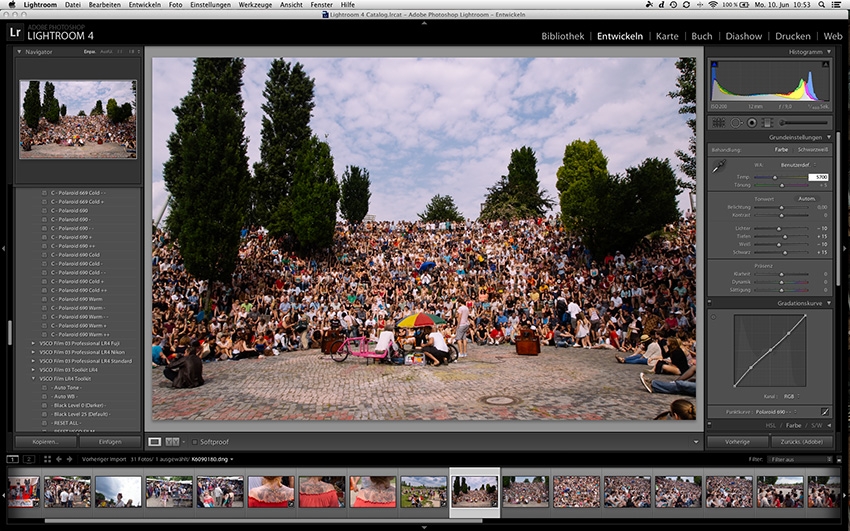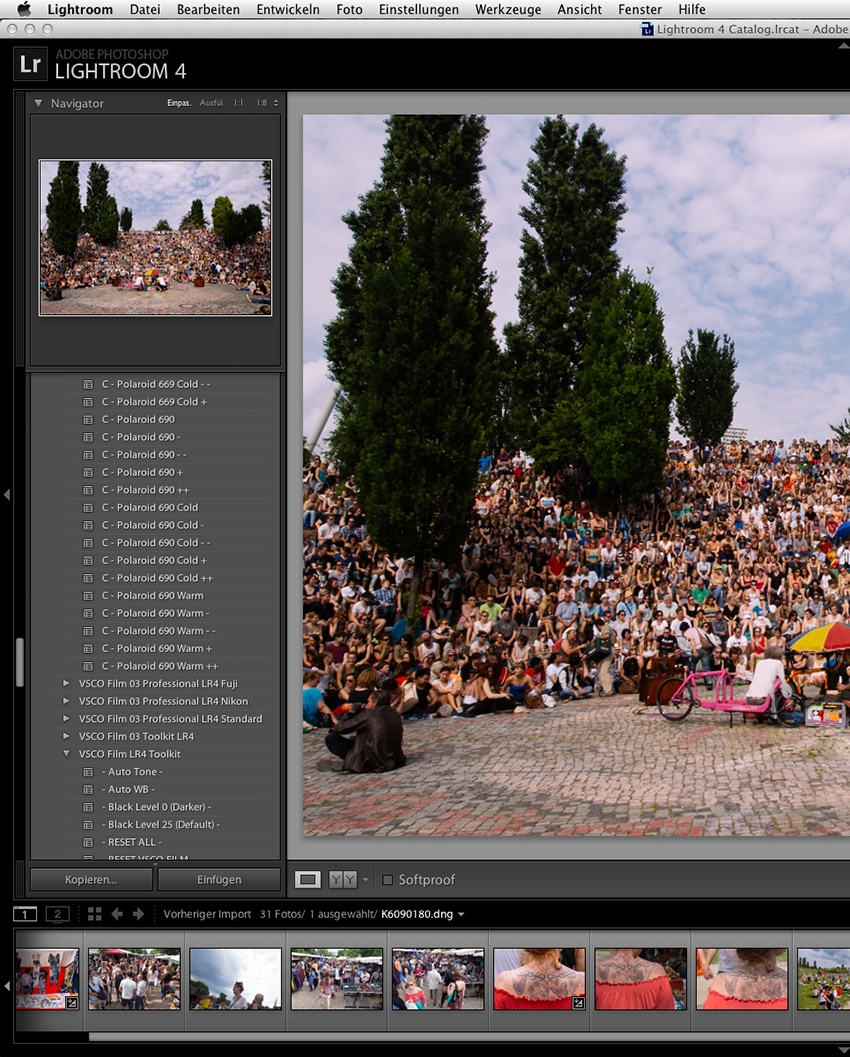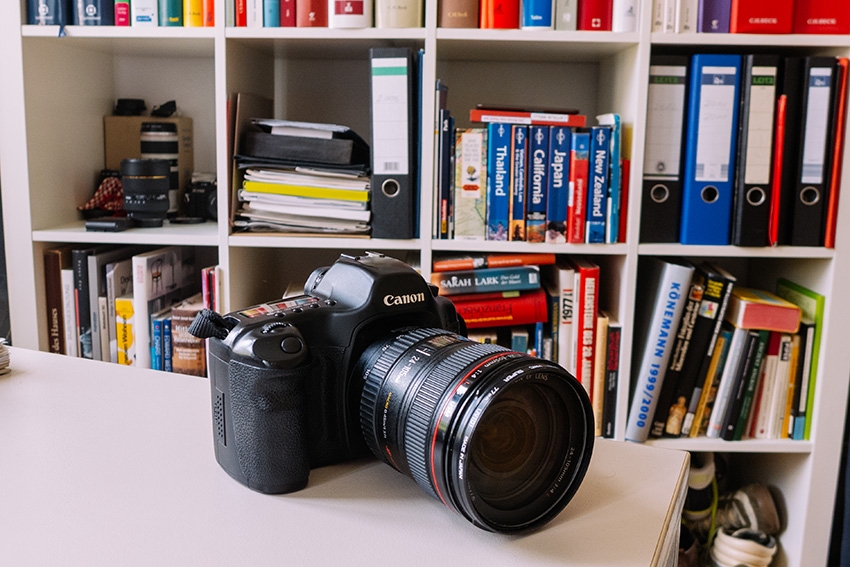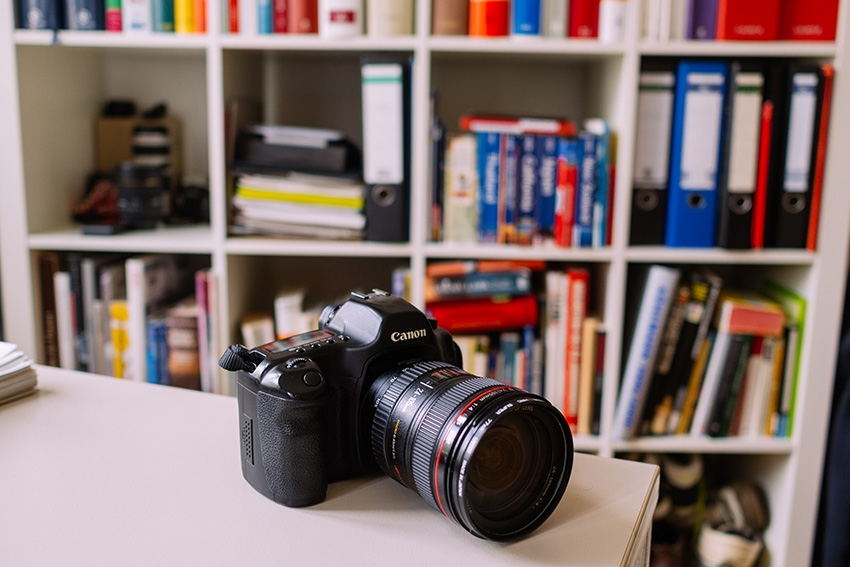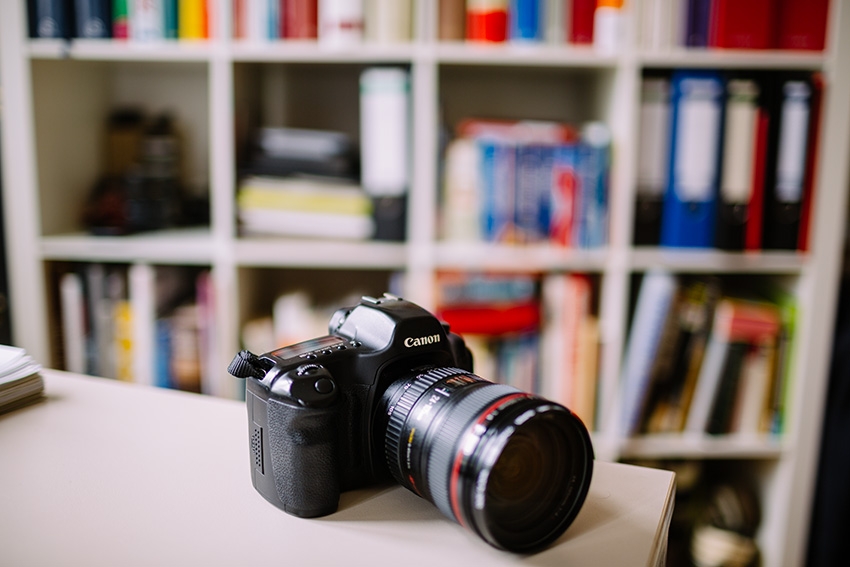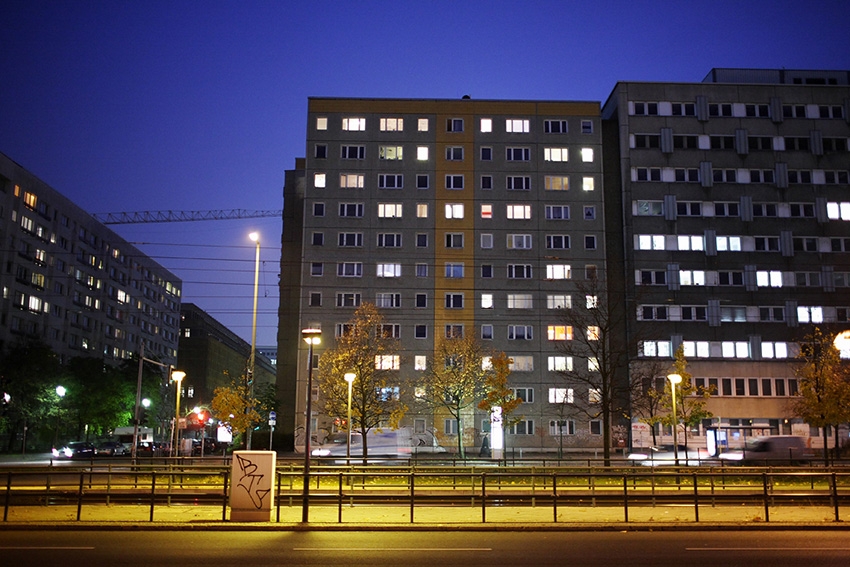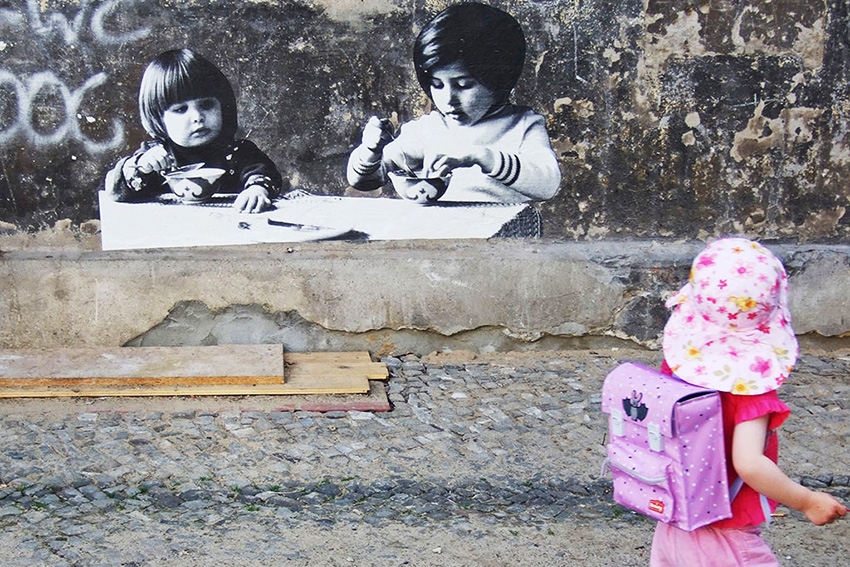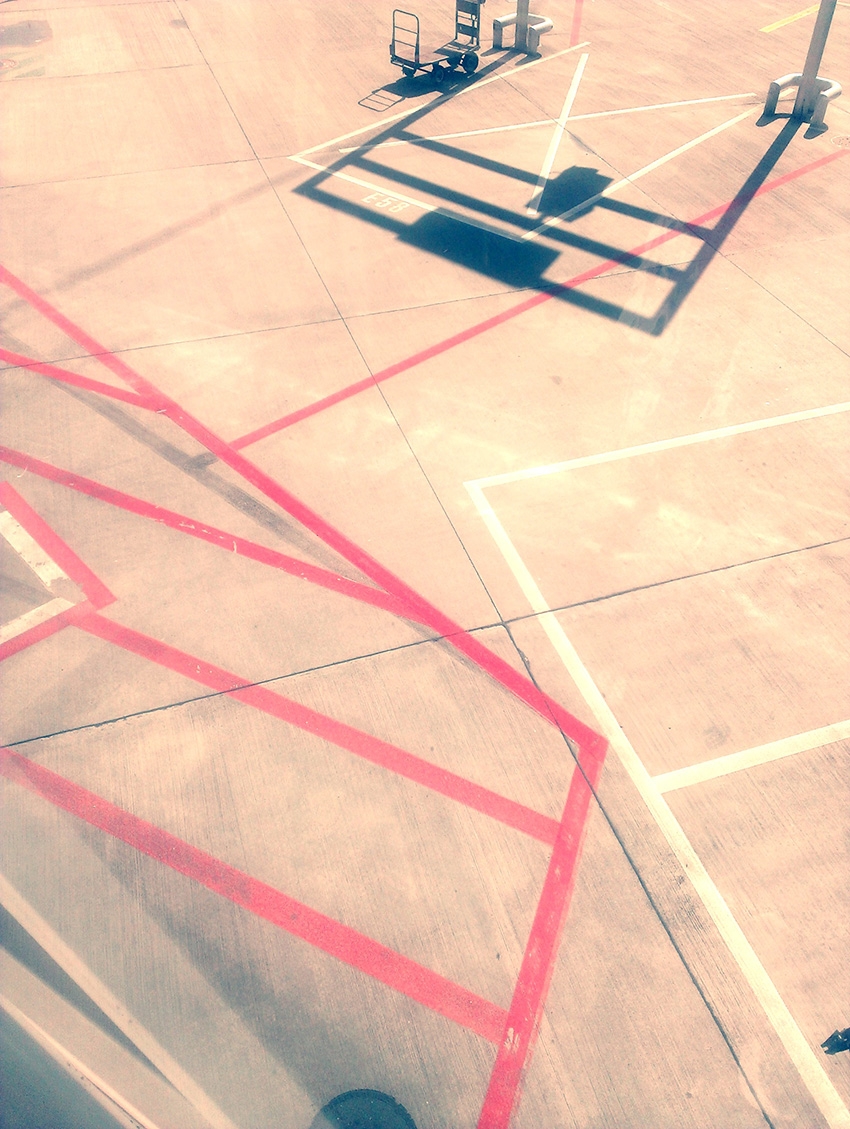Actually what I said in this article at the end of last year still applies.
The first thing, a good photo never comes from the camera but from the photographer. Great photographers can make amazing photos with whatever camera they have at hand, even with their cellphone.
Then, before buying a new camera you have to ask yourself what do you expect the new camera to do better than your old one. There are a lot of cameras for different purposes and you first need to define what you are looking for. I experience this a lot with people who ask me what camera to buy. Well, for me it’s hard to tell, because I don’t know what you want.
In most cases it will be a step up from the point & shoot digital camera or cellphone that everybody has. The main reason I am shooting bigger cameras is the bigger sensor that give you a shallower depth of field, allowing you to separate your main subject from the back- or foreground. With a big sensor camera you can have a sharp person for example and a blurry background. That helps making your photos stronger by emphasizing the main subject you pay want to get attention to.
The bigger the recording medium (sensor or film) the stronger the effect. Well, with a full-frame 35mm camera, which is really big by point &shoot standards but way smaller than medium format or even large format film, you can get very wide aperture lenses that help making the effect even stronger and let images look quite close to medium format in terms of depth of field. You will get much sharper results with medium format, though, because lenses have narrower apertures and still even less depth of field.
There are a lot of terms that some of you may not understand so I try to make it simpler. The bigger the sensor (DSLR, mirror-less cameras) the bigger the background-blurring capabilities of the camera that give your images an artistic look. If all you want is photos where everything is perfectly in focus even point & shoot cameras are good enough today. They still do have some limitations.
Point & shoot cameras, the ones you probably want to step up from, have tiny sensors with one advantage and many disadvantages. A small sensor gives a huge depth of field, means pretty much everything is always in focus. You can make great photos with those cameras you just have to be aware that you won't be able to emphasize by blurring parts of the image. In my opinion that can make you learn to take better pictures because you have to make them strong without the artistic cheating of making them just beautiful by blurring special parts in it.
That lets me come back to my second sentence, the camera doesn’t matter, the eye and imagination of the photographer do. Learn to make great images with your point & shoot and only reward yourself with a better camera when you reach the limit of the small camera. If your images suck with the point & shoot they won’t be any better with the bigger camera.
But point & shoots have some more disadvantages that might rule them out earlier. They are slow by comparison. You won't be able to focus fast moving subjects like kids or even track them. Something you can do with DSLRs or modern mirror-less alternatives. I’d still say DSLRs are my top pick when it comes to fast accurate focussing, because they use a separate autofocus sensor for that, but mirror-less cameras catch up. My Olympus OM-D is even faster than my Canon 5D Mark III which is as fast (AF-wise) as Canon’s top of the line 1D X.
Point & shoots also have a limited dynamic range, especially in the highlights, a reason why you often get washed out, white skies in contrasty situation, something you can recognize by that the photo comes from a point & shoot. A bigger sensor camera retains both highlights and shadows much better, with less blown highlights and less noisy shadows. To be honest, know these limitations and try to avoid difficult situations. I never had problems with dynamic range in a point & shoot. It’s the overall sharpness in the images that I don’t like. Advertising photos on the other hand are sharp all over most of the time, too. So, it’s just a matter of taste.
Last but not least the smaller the sensor the less light can hit it. You need good light to get noise-less photos with a point & shoot. In bad light or at night they are much worse than a big sensor camera. To be honest, I never had to dismiss a photo because it was too noisy. Film back in the days was grainy, too, so no big deal.
Ok, if you want to upgrade from your cellphone and just want a great little point & shoot I always recommend Canon ones. In my opinion they are the most advanced and well though-through little cameras you can get. Of course it’s always a matter of taste, too, and if you don’t like Canon for whatever reason I’m sure Nikon or Panasonic or the other ones are as good. If you don’t wanna spend much just grab one of last year models in one of the big boxes in your electronic market where they are on sale. If you want the best at the moment take Canon’s Powershot S120, it’s wonderful and although I own a couple of cameras and a very good Panasonic LX7 I’m always tempted to buy a Canon point & shoot. I had the S95 and it was gorgeous. With the great 24mm wide-angle lens now these Powershots of today are even better. Don’t bother buying a G16, it has the same small sensor, costs more and is much more bulky. You sacrifice on sensor size for having a truly pocketable camera, why buy a bulky one then?
You want bigger? Ok, now it gets a bit more complicated. If you just want a great camera that is versatile, fast and gives great images I would buy a DSLR. If you don’t have the money for a full-frame one with a sensor the same size as old 35mm film, which will give you the exact look depth-of-field-wise, you should buy one of the half-sized sensor (APS-C) DSLRs like a Nikon D3300 or Canon 100D. But which one? Well, to be honest they are all the same pretty much. Something to consider might be that with a DSLR you also buy the ability to choose lenses out of the particular line-up. So you might want to think about potential lenses that you can use on an upgrade model later on. But on the other hand APS-C cameras are a good bit smaller than full-frame equivalents and have their own particular lenses. I would stick to those as long as you don’t upgrade to full-frame, something you probably won’t do anyway. So why buy big, heavy full-frame lenses when you will never shoot full-frame?
Which brand should you buy? I’d say take Nikon or Canon because they have the widest selection of lenses and they are probably the best camera brands in the DSLR market. But if you don’t plan to upgrade to full-frame in the future and probably will shoot only with 1-3 lenses I also like Pentax cameras. I don’t like Sony but that’s personal taste. My advice, when you want to invest some money in a DSLR, go into a shop and have a look at the different brands. They all feel and look a little different and in the end you should pick the camera that you like to take in your hands and shoot with it. They are all the same in the end. They all have different models for different budgets. I would probably take a Nikon, either a D3300 or D5300. But I like the Pentax K-3, too. It has some really cool and unique features that separates them from the big brands. I also like a Canon 100D because it is just so small.
Now, today you also have the chance to buy a mirror-less or system camera like an Olympus OM-D that I have. The great thing about those cameras is they are much smaller than even the smallest DSLRs because they don’t have a complicated mirror box that adds bulk to the body. Instead they have an electronic viewfinder or just the rear LCD to frame and compose. They have tinier, simpler lenses that often have better image quality because they are not designed for a camera with a mirror box in the way. But those mirror-less cameras which attract especially women because of their small size are often a bit more expensive still. This might change soon but for the same money you’ll get a DSLR with much better autofocus and a viewfinder for mirror live-framing.
If money was no object I would probably buy an Olympus OM-D EM-5 or a similar model. The new Fuji X-T1 seems to be great, too. They are smaller than an equivalent DSLR, especially the Olympus, because it has a slightly smaller sensor and smaller lenses for the special Micro-4/3 system. I love the Olympus. It’s small, fast, gives great images and looks totally cool. Only downside, full-frame images just look even better. But as I explained above this is down to depth of field reasons and just my taste.
If you want full-frame by the way, the Canon 6D is quite affordable, a bit smaller than the rest and with absolutely fantastic image quality, especially noise-wise.
My main sites to read reviews and get tips and inspiration tech-wise are Ken Rockwell, he is the last big site that is totally independent, Ken just writes what he thinks. Imaging-resource is a really good site for in-depth reviews, and dpreview, latter being an Amazon site now and they have lost most of their quality, they are good but not amazing anymore.
Happy shooting!
If you want to support NIKOLAIKIKI and contribute to keeping all this information and content costless and without ads at all I'd recommend you having a look at my shop and especially the NIKOLAIKIKI ethical clothing collection.
Thanks!
KIKI

